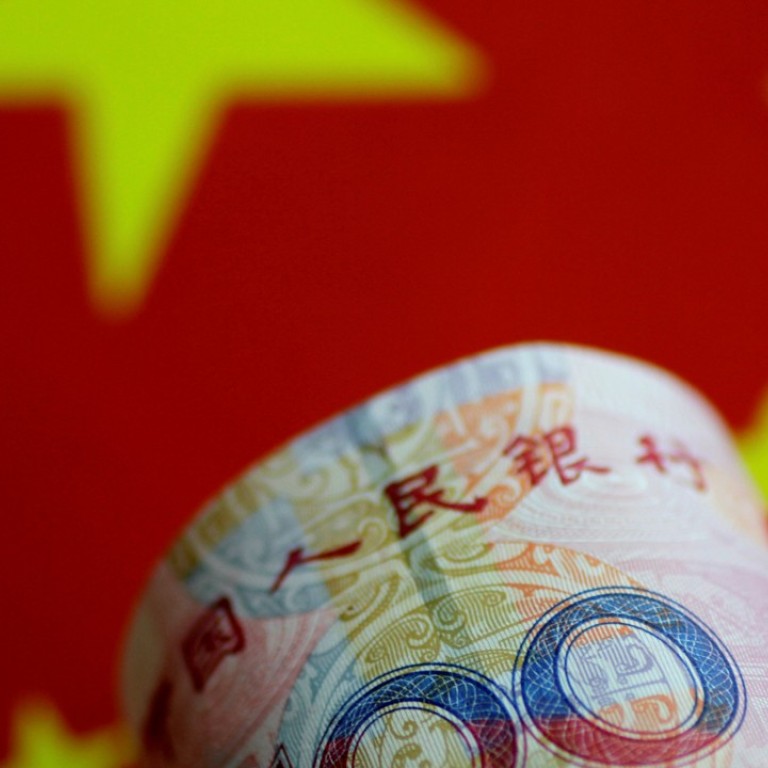
New | Yuan drops, shrugging off MSCI decision
Goldman Sachs estimates around US$18b of potential inflows to onshore equities due to index inclusion in coming year, compared with outflows of US$20b in May
Onshore and offshore yuan both fell on Wednesday, shrugging off the decision by global index provider MSCI to add Chinese A-shares into its emerging market index.
While inclusion should pave the way for future integration to global markets and improve the status of the yuan as an international currency in the long term, the initial impact is limited and will lead to modest inflows into China only.
MSCI said it plans to add 222 large-cap A-share to its Emerging Markets Index for a weighting of 0.73 per cent. The inclusion will be done in two steps – the first in May 2018 and the second in August 2018.
The tiny weighting, which will not be implemented until next year, means initial inflows are unlikely to result in a significant shift in the underlying trend in the yuan.
Onshore yuan dropped 0.05 per cent to 6.8318 per dollar, falling for a fifth straight day while offshore yuan eased 0.07 per cent to 6.8295.
Goldman Sachs estimates around US$18 billion of potential inflows to onshore equities due to index inclusion over the coming year, which compares to recent with outflows of about US$20 billion in May.
“While short-term sentiment could be favourable, over the longer term we continue to expect the CNY to move in a managed path, gravitating gradually towards a weaker level against the USD due to fundamental forces,” Goldman said.
While short-term sentiment could be favourable, over the longer term we continue to expect the CNY to move in a managed path, gravitating gradually towards a weaker level against the USD
In late May, the central bank tweaked its formula for calculating daily yuan reference rates and was said to have also engineered a spike in yuan appreciation to ward off speculative outflow pressure.
But yuan depreciation pressure has been creeping back after the US Fed’s decision to raise interest rates last week.
Full inclusion of Chinese shares into MSCI’s indexes will probably take 5- 10 years, depending on the progress of China ‘s capital markets liberalisation.
Tuesday night’s decision however may be an initial step may stimulate further reforms and market regulation, Victoria Mio, co-head of Asia Pacific Equities and CIO China of Robeco, which manages US$324 billion globally.
“If reforms progress faster than currently anticipated, we could see a significant increase in the inclusion factor in the next 3-5 years, similar to the case of the South Korean market,” Mio said.

